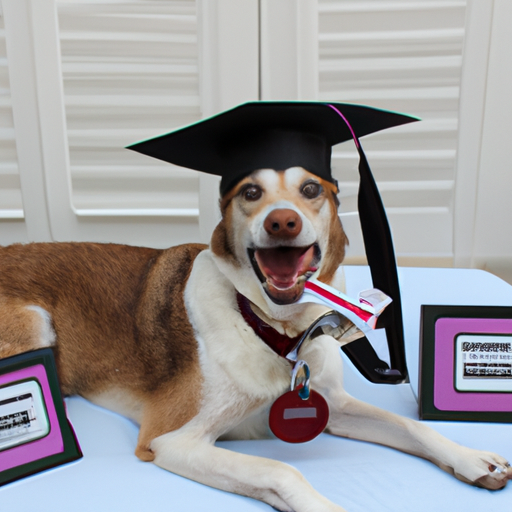Introduction
Taking the time to train your dog is one of the most rewarding activities you can engage in as a pet owner. It’s a way of communicating with your furry friend and forming a stronger bond. It also helps in managing potential behavioral issues. This guide will take you through the process of training your dog, using simple, effective methods that you can easily incorporate into your daily routine.
Why Training is Important
Training serves multiple purposes. It does more than just teaching your dog to behave. Here are some reasons why you should train your dog:
- Safety: A well-trained dog is easier to manage, reducing the risk of accidents.
- Communication: Training helps you understand your dog’s needs and behaviors better.
- Bonding: Spending time training your dog strengthens your relationship.
Basic Commands
Training your dog begins with teaching them basic commands. Here are the top five commands that every dog should know:
- Sit: This command is the foundation of dog training.
- Stay: This command helps keep your dog safe and well-behaved.
- Come: This command can help bring your dog back to you if they run off.
- Leave it: This command protects your dog from potentially harmful objects.
- Down: This command helps with controlling your dog’s impulsive behavior.
Rewards-Based Training
One of the most effective methods of training is rewards-based training. This method involves rewarding your dog for good behavior, which encourages them to repeat it. Here’s a simple table to illustrate this method:
| Action | Reward |
|---|---|
| Dog sits | Treat |
| Dog stays | Praise |
| Dog comes when called | Toy |
Socialization
Socializing your dog is an essential part of their training. It involves exposing your dog to a variety of people, environments, and other animals to help them become more comfortable in different situations. Here are some steps to socialize your dog:
- Start early: The earlier you start socializing your dog, the better.
- Expose gradually: Don’t overwhelm your dog. Gradually expose them to new experiences.
- Positive reinforcement: Always reward your dog for behaving well in a new situation.
Training Classes
While you can train your dog at home, attending training classes can also be beneficial. These classes offer a structured environment for your dog to learn and socialize. Plus, trainers can provide valuable insight and techniques that you might not know.
Common Training Mistakes to Avoid
Even the most caring dog owners can make mistakes during training. Here are a few common mistakes to avoid:
- Inconsistency: Always be consistent with your commands and rewards.
- Negative reinforcement: Avoid punishing your dog as it can lead to fear and anxiety.
- Skipping the basics: Don’t rush into advanced training without mastering the basics first.
FAQ
How long should I train my dog each day?
Aim for about 15 minutes of training at a time. You can have multiple short training sessions throughout the day.
What should I do if my dog is not responding to training?
Patience is key. If your dog is struggling, consider seeking help from a professional trainer.
Can I train an older dog?
Yes, you can. It might take a bit more time and patience, but older dogs can learn new commands and tricks.
Conclusion
Training your dog can be a fun and rewarding experience for both you and your pet. It’s a journey of understanding, patience, and love. So, take your time, be consistent, and soon, you’ll have a well-trained, happy, and healthy dog.



